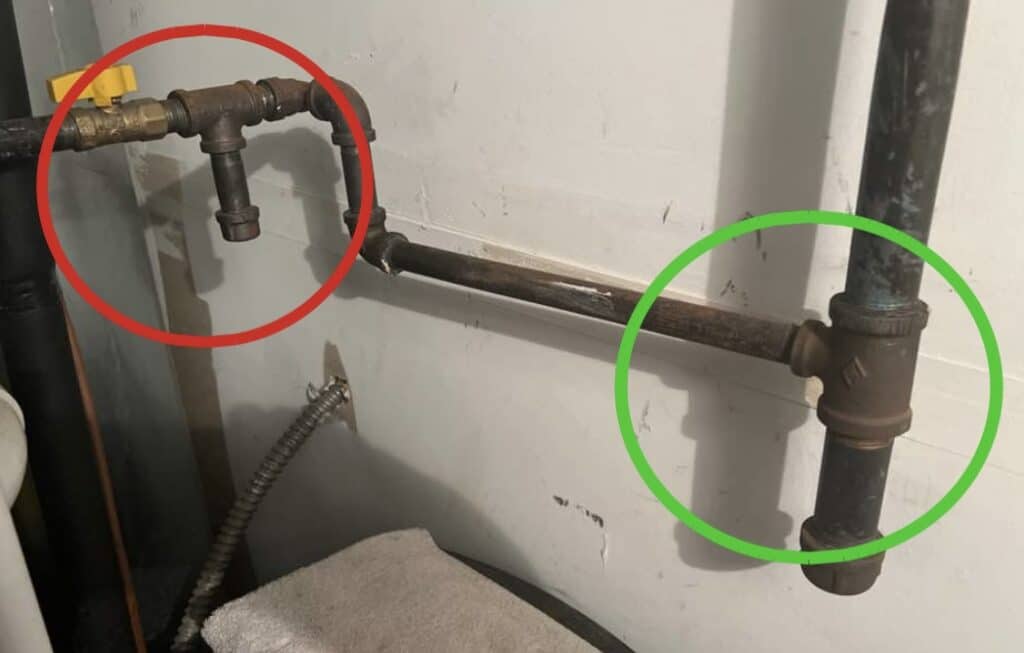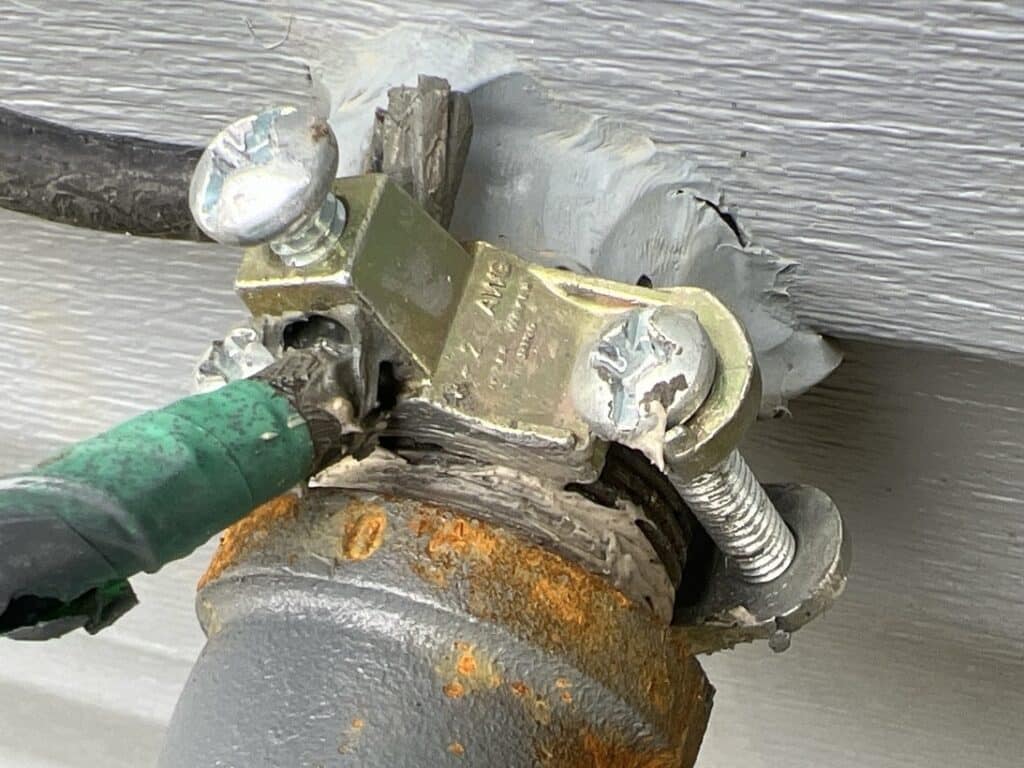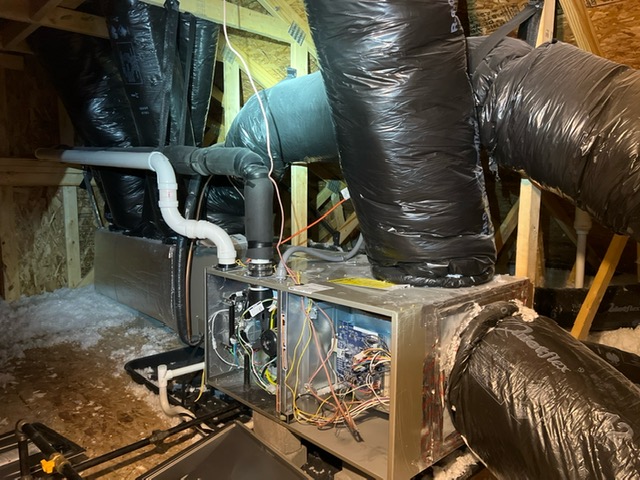Wells should produce a minimum of three gallons of water per minute, anything less than three gallons per minute will create hardships for the home owner. A good producing (residential) well will deliver in the region of five or more gallons of water per minute.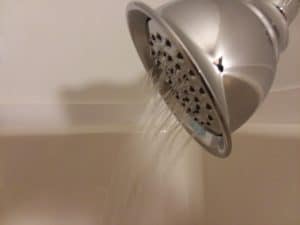
The gallons per minute are the number of gallons being delivered at the end of a controlled test, many wells can produce five or more gallons per minute for five or ten minutes but cannot sustain the volume for a period of time. If the well cannot sustain the volume demanded and the water flow is less than three gallons per minute, runs dry during the test or produces silt, there is a problem with the well that will need to be rectified.
The first remedy that should be tried is to limit (or reduce) the quantity (gallons) of water that the pump delivers for use by fitting a restrictor valve (or resetting the valve if it is already in place). By reducing the flow many wells that draw down to less than three gallons per minute can operate without a problem when delivering a lower quantity.
If the problem is not cured with a restrictor, it will be necessary to drill a new well. This is a costly exercise and there is no guarantee that they will find water (or a supply that is better than the one that is being replaced).
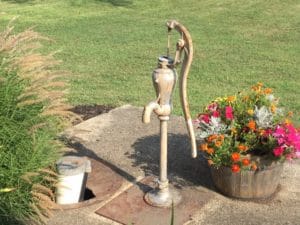 If it is not possible to drill a well that will out perform the problem well, another alternative to consider is a cistern (check with your local health department for local regulations). A cistern can often be used on wells that go dry if used for more than twenty minutes (really dry well). A large cistern (tank) of between one and two thousand gallons is buried and connected to the well, which is limited to a flow rate of between half and one gallon per minute (between 720 and 1440 gallons per day), normal household usage is between 150 and 250 gallons a day. The cistern acts a water “bank” where water can be drawn without concern for the supply, the cistern fills slowly regardless of the usage.
If it is not possible to drill a well that will out perform the problem well, another alternative to consider is a cistern (check with your local health department for local regulations). A cistern can often be used on wells that go dry if used for more than twenty minutes (really dry well). A large cistern (tank) of between one and two thousand gallons is buried and connected to the well, which is limited to a flow rate of between half and one gallon per minute (between 720 and 1440 gallons per day), normal household usage is between 150 and 250 gallons a day. The cistern acts a water “bank” where water can be drawn without concern for the supply, the cistern fills slowly regardless of the usage.
This does not put any pressure on the wells capacity allowing it to supply the needs of the household without any problem. The single drawback to this system is the likelihood of bacteria breeding in the cistern and contaminating the drinking water system. An ultra violet water purifier or chlorine injection system can be installed on the water line from the cistern to the house, these systems purify the water eliminating the bacteria in the water that enters the house. Chlorine is not the method of choice if the property is on a septic system.
NOTE: There are areas around Waynesville where there is not enough water to use this system and it is necessary to bring water by truck.
